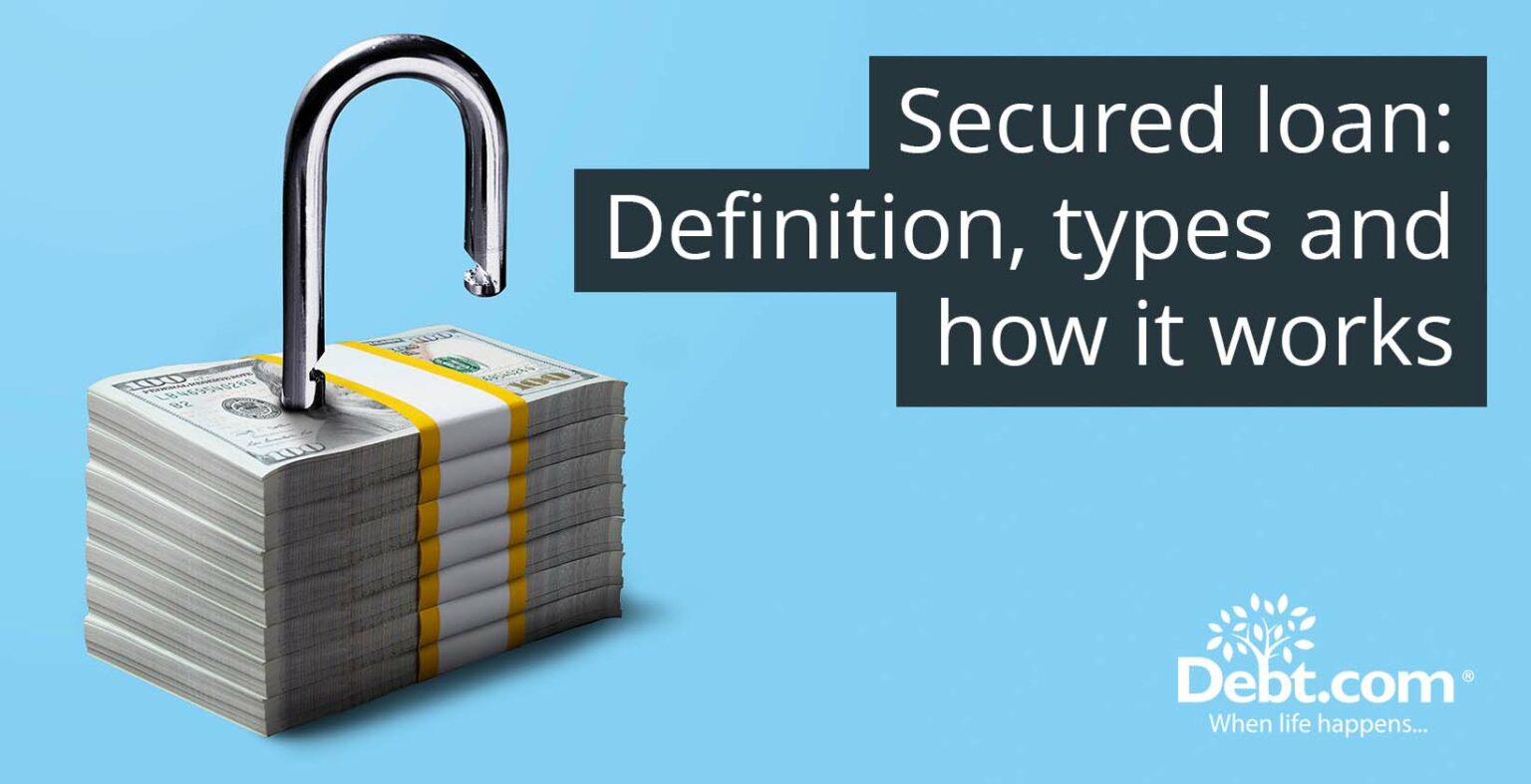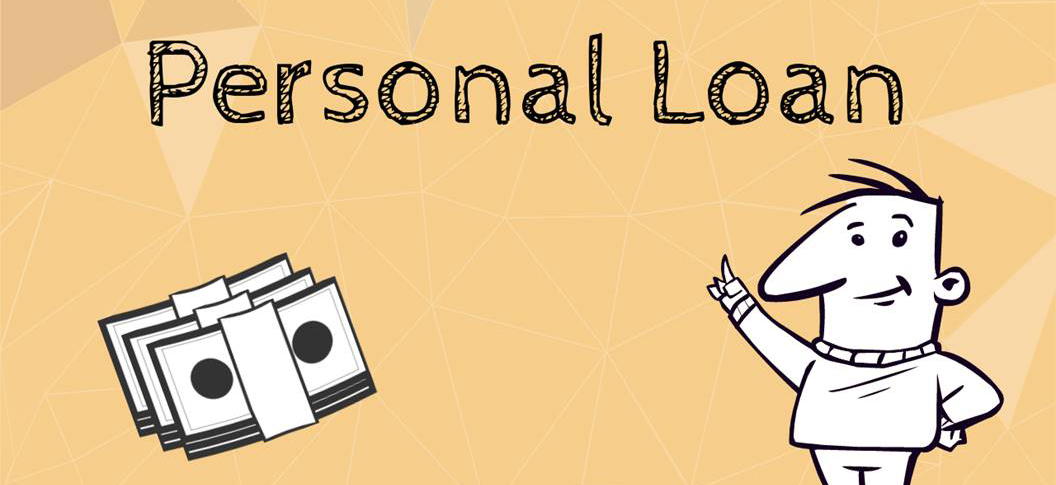With the rise in recent years of Secured Loans or Second Charge mortgages the market has grown both in the volume of loans processed and the number of organisations involved. This article will attempt to break down the market into its individual components and explain, in general, the organisations that make up the Secured Loans Market.

The article is aimed at people involved in the finance sector but will probably prove interesting to those taking out a Secured Loans or to anyone with a general interest in how the wheels of the UK finance industry work.
<b>Secured Loan Lenders</b>
Despite there seeming to be masses of organisations in the media willing to lend money for a Secured Loan or Second charge mortgage there are very few players who actually lend the money. This is because a Secured Loan is considered middle to high risk so there are very few organisations actually willing to underwrite the risk. Although there are only a handful of banks actually putting up the money, you will find that they may also use further downstream organisations to underwrite their own risk. For example, The London Mortgage Company, which now trades under the name London Personal Loans, says it uses up to thirty specialists to underwrite the loans it takes on. In recent years with a fairly stable housing market and strong confidence that there will be no sudden drop in prices there are a few more organisations willing to make the leap into secured loan lending, but the number still remains quite small. It is interesting that in most cases the ‘banks’ that take on the second charge debt are not well known organisations. This is because most of them are not customer facing, but sit behind a myriad of intermediaries, but it is similarly interesting that some well know high street banks also take on the debt, but for various reasons outlined later in this document, they sit behind various brand names or tiered organisations so that, in the end the Customer hasn’t got a clue who they are actually dealing with.
So if there are so few players actually lending the money, then why are we presented with masses of organisations offering Secured Loans? The reasons for this are multi-fold. To give some examples it is down to branding and marketing, due to core competencies (i.e. whether Secured Loans are part of a core business or incidental) and it is also in part due to the different types of media (e.g. television, internet, newspaper and radio) Secured Loans are sold. We will outline these reasons and some others later in the document.
<b>Secured Loan Market Infrastructure</b>
In the main, the infrastructure of the secured loans market is quite confusing. In a simple world it would be made up of banks lending the money directly to the Customer, but in the secured loan world there are several other levels of organisations we need to discuss. Firstly, there are the Brokers – these are organisations that supposedly approach various lenders to get the potential borrower the best deal.
Secondly, there are Packagers – although there is no hard and fast definition of Packager they are typically organisations that process loan applications and pass them on either directly to the lender or to upstream brokers. Thirdly there are introducers – these are people or organisations that point Customers to a particular Broker or variety of Brokers. For clarity we will look at each one in turn.
<b>Secured Loan Brokers</b>
As the name implies Broker’s have a ‘database’ of Secured Loan providers that they use to match the Customer’s requirements against to ‘broker’ the best deal. Brokers use a multitude of different methods to attract Customers. For example, some Brokers concentrate on running a team of Introducers (see below) to obtain Customers. Other Brokers concentrate solely on newspaper, television and radio advertising and other Brokers focus on the Internet to get their business. Some of the larger Brokers use all the mediums at hand to get business.
What is quite interesting is how the Broker’s use differing marketing techniques to make sure that they get coverage of the diversities of the marketplace. For example, the officious sounding Central Capital (which in turn is part of Central Trust) uses the brand name Debtbusterloans for its consumer loans business. In a similar vein Barclays uses the name Firstplus for its Internet and Television campaigns. One wonders whether the Financial Journalist Martin Lewis who led a campaign criticising Firstplus for using celebrities like Carol Vorderman to promote their loans knew he was actually criticising Barclays. Other interesting names to mention are the masses of trading names used by General Electric. General Electric operates GE Capital Bank that trades under a number of names including GE Finance, GEMoney, First National and Igroup and some of these are umbrellas to other trading names. It is interesting to note that one overall owner of a Financial Group may be directly related to perhaps 50 or so websites and trading names on the Internet.
Maybe the trading names are not only used to attract the various socio economic groups but are also used to distance Companies from the rather emotive Secured Loans market. When a Customer is asked whom they got their Secured Loan off, they would nearly always say the brand name rather than the name of the Company at the top of the pyramid who supplied the actual loan
It is interesting to note that nearly all Brokers aren’t impartial. The Lenders providing the money at the end of the chain offer them volume overrides (bonuses) if they obtain a particular volume of business over a given period. But contrary to this, it is also noteworthy to recognise that given the relatively low number of moneylenders at the end of the chain the affect on the end Customer is minimal. When a Broker says they are processing an application against Hundreds of Loans, what they actually mean is that they are matching the Loan against various configurations of the same three or four loans. For example – with County Court Judgements/without, of a particular age group/of another age group, for a particular value/ for other values.
<b>Secured Loan Packager</b>
Although the term Secured Loan Packager is used very loosely and there is no clear definition, a Packager is simply an organisation who ‘packages’ up a loan application and passes it onto either a Broker or the downstream lender. So in essence the Packager fills out the forms on behalf of the other organisations. In some cases this operates in a sort of outsource relationship between the Broker and the Packager and in other cases the Packager also has their own team of Introducers (see below) who they package up further loan applications for. I guess the reason for this is that seeing as they have the infrastructure in place they can increase their own organisations turnover and, hence, profitability by employing their own Introducer Network.
<b>Secured Loan Introducers</b>
Secured Loan Introducers are employed by Packagers, Brokers and indeed, in some cases the actual lenders to get further business. An Introducer may simply be a local person who gets business by word of mouth, or they could be an organisation (like a Double Glazing company) that passes on a Customer to a particular Broker. In some cases the Introducer companies are reasonably large organisations in their own right and might have a complete network of physical Introducers, a large Broker/Lender panel and a whole host of Internet websites and brand names.
<b>Conclusion</b>
The Secured Loan Market contains a complete myriad of organisations and as the market grows it is certain to become even more puzzling. What is even more confusing to the onlooker is that there is a lot of grey areas in relationships between the businesses within the hierarchy. For example, a broker may do their own packaging or an Introducer may have relationships with many Brokers making them in effect a Broker of Brokers. But the interesting thing is that no matter what level of the hierarchy the end Customer gives their business to they are highly unlikely to be charged any differently – the only things affected within this instance are the individual profits at each level of the pyramid.

